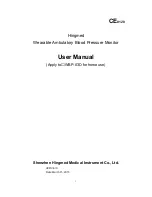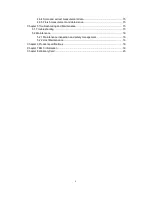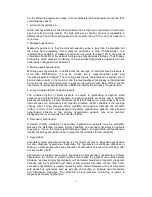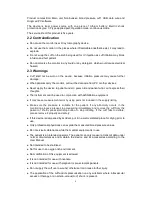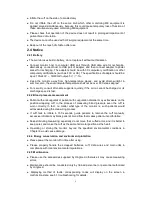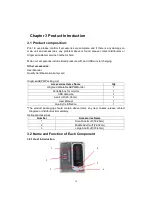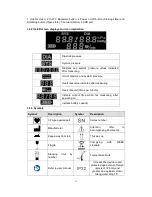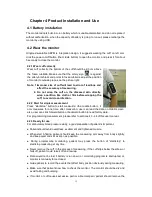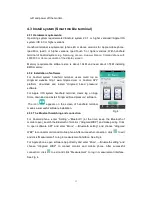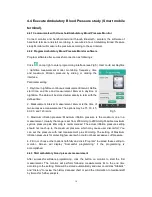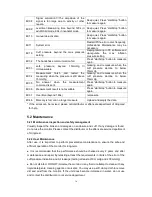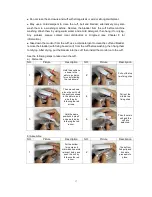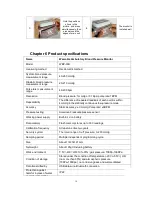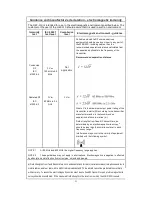
6
For the following hypertension types, it is only ambulatory blood pressure monitoring that
could diagnose easily.
1. white-coat hypertension
White-coat hypertension is the blood pressure that is high when measured at health care
site but normal in daily activity. The high pressure at health care site is repeatable in
different days. The white-coat hypertension accounts for about 15% in all clinic patients, it
is not rare.
2. Masked hypertension
Masked hypertension is that the clinical measuring value is less than the standard, but
the value from ambulatory blood pressure monitoring is high (135/85mmHg). It is
reported that population of masked hypertension accounts for about 10% of the general
crowd and about 40% of the patients undergoing antihypertensive therapy. It has to apply
ambulatory blood pressure monitoring on those masked hypertension patients who are
undergoing antihypertensive treatment.
3. Morning peak hypertension
Morning peak hypertension is defined that the average of matutinal blood pressure is
more than 135/85mmHg. It may be divided into 2 types-"matutinal peak" and
"reverse-dippers/non dipper". The morning peak type is characterized by sudden rise of
blood pressure early in the morning, and the reverse-dipper/non-dipper is characterized
by continuous rise of blood pressure in early morning and at night. Both of them are the
risk factors of cardiovascular disease. ABPM can identify the two types of hypertension.
4. Large circadian rhythm of blood pressure
The circadian rhythm of blood pressure is subject to relationship of daytime blood
pressure and nighttime blood pressure. In daytime patients are active and in nighttime
patients are sleeping, it is also influenced by external causes (i.e. sleep-wake cycle) and
internal cause (i.e. biological clock). Specific circadian rhythm variability is the average
change rate of blood pressure during nighttime and daytime. Although the circadian
rhythm is common for normal people and primary hypertension patients, some special
hypertension patients or few primary hypertension patients may occur disorder,
disappearance, even reversion to circadian rhythm.
5. Secondary hypertension
Circadian rhythm variability of secondary hypertension patients may be disturbed.
Because the disturbed circadian rhythm variability on secondary hypertension patients
may play a role on the target organ damage progress, an appropriate antihypertensive
treatment strategy should be made to recognize the circadian rhythm variability.
6. Hypotension
Ambulatory blood pressure monitoring is very useful not only to diagnose hypertension
but also diagnose hypotension. Especially, the hypotension could cause dizziness or
fainting on elder people who have exhaustion of autonomic nervous when standing, after
a meal or after a bath.
Hypotension is divided into primary hypotension and secondary hypotension. Primary
hypotension is common in women, which could reduce the patient's life quality usually.
However, just few primary hypotensions will be treated considering long-term prognosis,
because primary hypotension just leads to few vascular disorders. On the other hand,
secondary hypotension is usually caused by some normal diseases and is accompanied
with dangerous syndromes such as syncope and vertigo, so patients need prevention
and therapeutic measures. The ambulatory blood pressure monitoring is useful to
diagnose secondary hypotension.

